A Talent for Genius
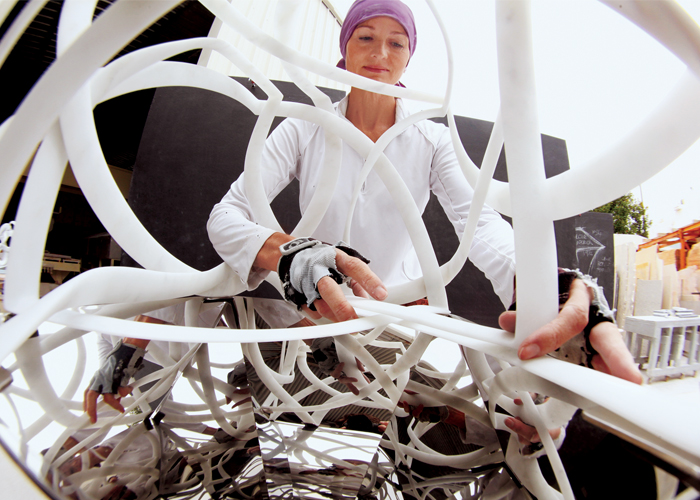
Photography by Eric Stoner; image courtesy of Hirschl & Adler Modern, NY
Turk remembers exactly what Socolow said: “I understand you are on the road. Please pull over.”
The call would forever change her life: She had just been named a MacArthur Fellow, a singular honor that comes with a $500,000 no-strings-attached award—informally known as a “genius” grant— spread out over five years.
The foundation recognized Turk for her unique ability to transform huge blocks of marble, a traditionally monumental and prone-to-fracture material, into intricate, seemingly weightless works of art: skeletons, spider webs, and shark’s teeth, as well as Elizabethan fashion and antique lace patterns.
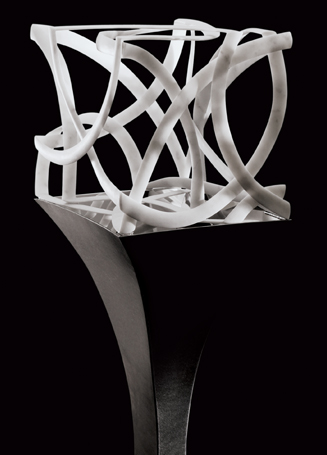
Cage: Box 6, 2012, marble, 15 x 20 x 15 in., with stainless steel base, 52 ¾ x 20 x 15 in.
A native Californian, she received a B.A.in international relations from Scripps College in Claremont, California, then headed to Washington, D.C. for a job in politics. But her heart wasn’t into the political life.
“I always loved making art, but I never wanted [the artist’s life]. I had no idea how it could work; how to support myself as an artist,” said Turk.
Nevertheless, she wanted to pursue a master of fine arts. Without formal training, she wasn’t ready to apply to graduate school. So in the early ’90s, she enrolled at the College’s Rockville Campus, taking classes in drawing, painting, sculpture, jewelry, and metalsmithing.
Turk speaks fondly of her teachers and mentors: “Professor Komelia Okim, my jewelry and metalsmithing professor, was incredible. I had an old-fashioned concept about what type of training I should have; I had always studied the figure. Komelia helped me understand the material. I don’t think I ever met such an expert on materials. Orest Polisczczuk was a lovely mentor, so calm and dedicated. His balance of instruction and creative freedom worked perfectly for me.”
And she remembers her drawing professor, Joan Rosenstein, as “a photographer who taught drawing with such intensity. She was incredibly demanding.
I loved the challenge.”
Turk says her art classes were peppered with fantastic people who had a wonderful energy about them; people who brought their expertise and life experiences.
One of those students was Sarah Silberman, a legendary sculptor who took courses at the College well into her nineties. In recognition of her generous contribution to the College, and for mentoring students throughout the years, the art gallery at the Rockville Campus was named in her honor.
“I still use some of the tools Sarah crafted for me,” said Turk. “Her ideas still ring true with me. She said, ‘Sculpture is about repair.’”
After Montgomery College, Turk went on to receive her M.F.A. from the Maryland Institute College of Art in Baltimore.
Turk works in marble because she likes the challenge of pushing a material further than it can go. “It’s a material that is imbued with commonality, not divergence. Plus, it’s so old, you can have a conversation that is really interesting, from the geological, human, and historical standpoint.”

Left: Cage: Box 7, 2012, Marble, 20 x 15 x 15 in.
Right: Cage: Infinity Column 3, 2012, with marble base, 67 x 5 x 5 in.
Photography by Elizabeth Turk; images courtesy of Hirschl & Adler Modern, NY
Her works are found in numerous private and public collections, among them the Corcoran Gallery of Art and the National Museum of Women in the Arts in Washington, D.C.; the Mint Museum and the Bechtler Art Museum in Charlotte, North Carolina; and the Los Angeles County Museum of Art. She is represented by Hirschl & Adler Modern in New York City.
Close on the heels of winning the “genius” grant, Turk got another phone call out of the blue, this time informing her that she had won a Newman Foundation Fellowship—another no-strings-attached award.
“I thought the call was a joke,” said Turk. “How can I have two phone calls like that?”
In 2011 the Smithsonian awarded her a research fellowship to work with conservators and scientists to determine a genealogy of her own stone sculpture and that of iconic works from the Smithsonian collections.
Turk isn’t resting on her laurels. She continues to work on “Cages,” a sculpture series that advances her dialogue with stone, stretching its limitations through her daring manipulation of form and material.
“I felt my life was going quickly [before the MacArthur Fellowship], but now the speed is extraordinary,” said Turk. “I think that I am still comprehending the ramification of this fellowship.”
For more about Elizabeth Turk, visit elizabethturksculptor.com.
—Tina Kramer
This article first appeared in the spring 2012 issue of Insights.


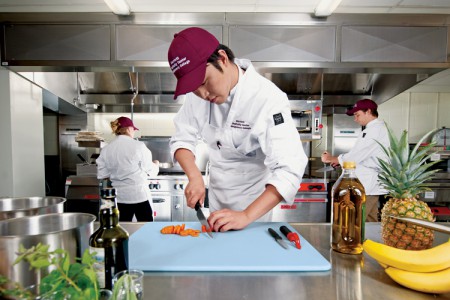
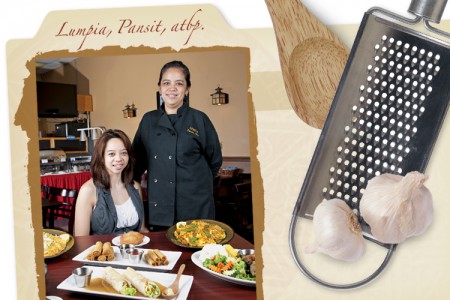
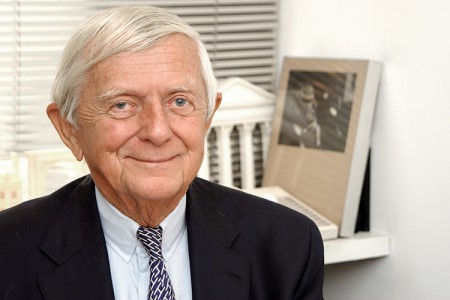

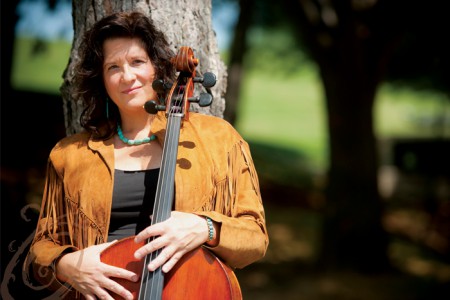

Follow Us